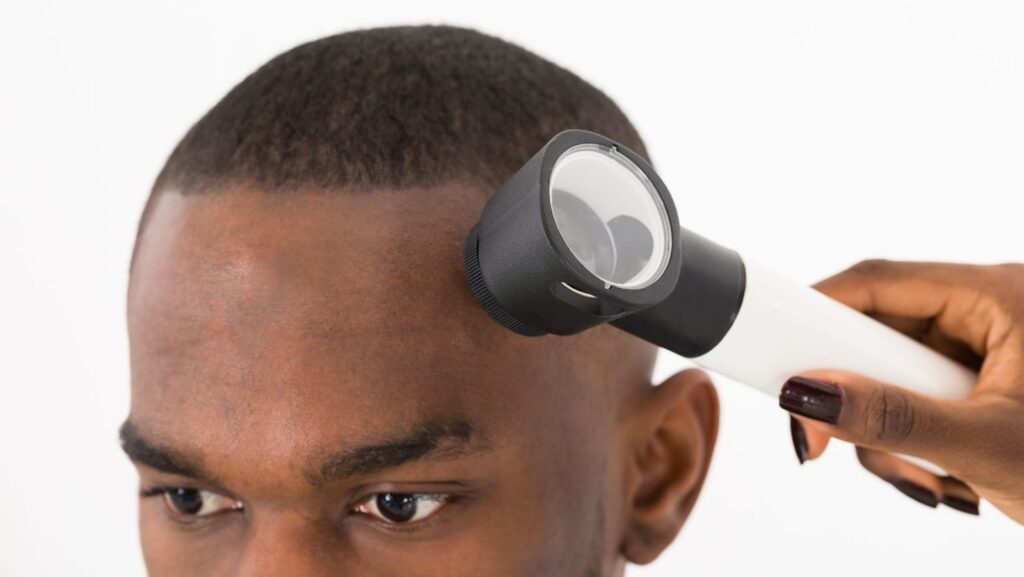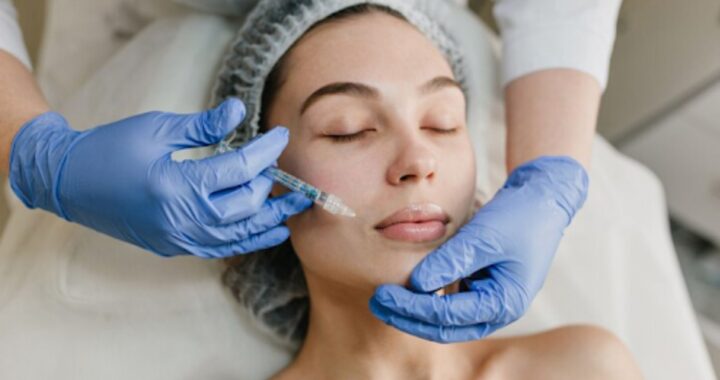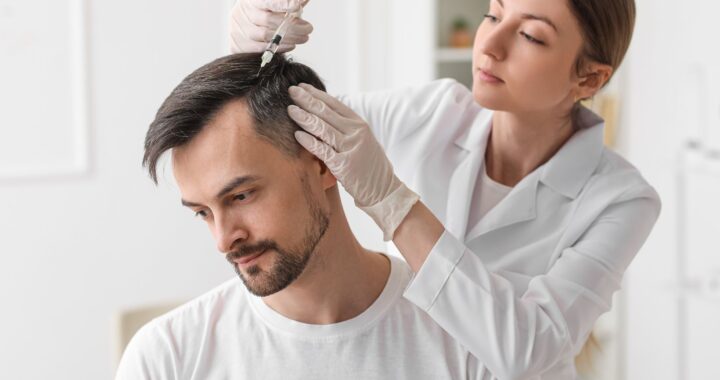The Link Between Dandruff And Acne: What You Need To Know

Do you have dandruff? If so, you may be wondering if there’s a connection between dandruff and acne. Interestingly, research has shown that there may indeed be a link between the two conditions. In one study, for example, it was found that people with dandruff were more likely to also suffer from acne. So, what’s the connection between dandruff and acne?
Well, one possible explanation is that the two conditions share a common underlying cause, namely, an overgrowth of a type of fungus known as Malassezia. This fungus is present on the skin of most people, but it can overgrow in certain conditions, such as when the skin is oily or when there’s a change in hormones (as is the case during puberty).
An overgrowth of Malassezia can lead to both dandruff and acne. In fact, some research has shown that treating dandruff can also help to clear up acne. So, if you’re suffering from both dandruff and acne, it may be worth talking to your doctor about treatment options. In the meantime, there are a few things you can do to help manage both conditions.
For starters, try to keep your skin clean and free of oil. This can be accomplished by washing with a gentle cleanser and avoiding the use of harsh soaps and detergents. You should also make sure to keep your hair clean and free of oil. This can be done by shampooing regularly and using a dandruff shampoo that contains an anti-fungal ingredient, such as ketoconazole. Finally, if you’re prone to dandruff, you may want to consider using a dandruff-preventing shampoo or cream. These products can help to keep the fungus in check and prevent it from overgrowing.
can dandruff cause acne
As mentioned above, there is some research to suggest that there may be a link between dandruff and acne. In particular, one study found that people with dandruff were more likely to also suffer from acne.
However, it’s important to note that this doesn’t necessarily mean that dandruff causes acne. Rather, it’s possible that the two conditions share a common underlying cause, namely, an overgrowth of the fungus Malassezia. Treating dandruff may also help to clear up acne, so if you’re suffering from both conditions, it may be worth talking to your doctor about treatment options.
What is dandruff and what are the symptoms
Dandruff is a condition of the scalp that causes flakes of skin to form. It can also cause itching and redness. Dandruff is usually caused by an overgrowth of a type of fungus known as Malassezia. This fungus is present on the skin of most people, but it can overgrow in certain conditions, such as when the skin is oily or when there’s a change in hormones (as is the case during puberty).
If you have dandruff, you may notice that your scalp is itchy and that your hair is covered in white or grayish flakes of skin. You may also notice that your scalp is red and scaly.
How is dandruff treated
There are a few things you can do to help manage dandruff. For starters, try to keep your scalp clean and free of oil. This can be accomplished by washing with a gentle cleanser and avoiding the use of harsh soaps and detergents.
You should also make sure to keep your hair clean and free of oil. This can be done by shampooing regularly and using a dandruff shampoo that contains an anti-fungal ingredient, such as ketoconazole. Finally, if you’re prone to dandruff, you may want to consider using a dandruff-preventing shampoo or cream. These products can help to keep the fungus in check and prevent it from overgrowing.

 Reliable Insurance Brokers at Pacific Prime – Tailored Plans
Reliable Insurance Brokers at Pacific Prime – Tailored Plans  Here’s Everything You Need to Know About Botox Before Your First Shot
Here’s Everything You Need to Know About Botox Before Your First Shot  Walking as a Tool for Better Mental Health
Walking as a Tool for Better Mental Health  How to Recognize Early Signs of Addiction and How to Seek Help
How to Recognize Early Signs of Addiction and How to Seek Help  Restoring Your Thinning Hair Line
Restoring Your Thinning Hair Line  The Role of Exercise in Recovering from Alcohol Use Disorder
The Role of Exercise in Recovering from Alcohol Use Disorder